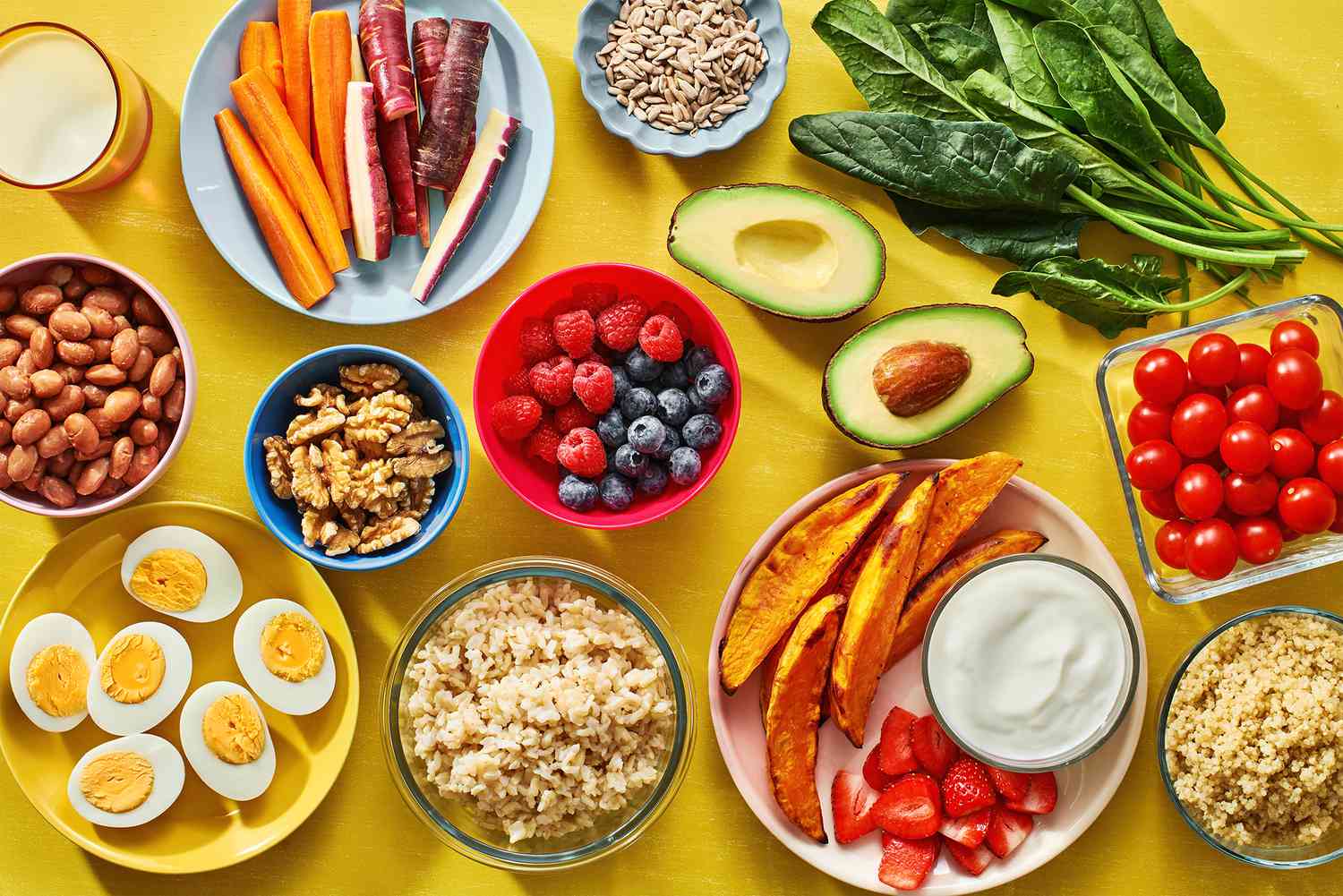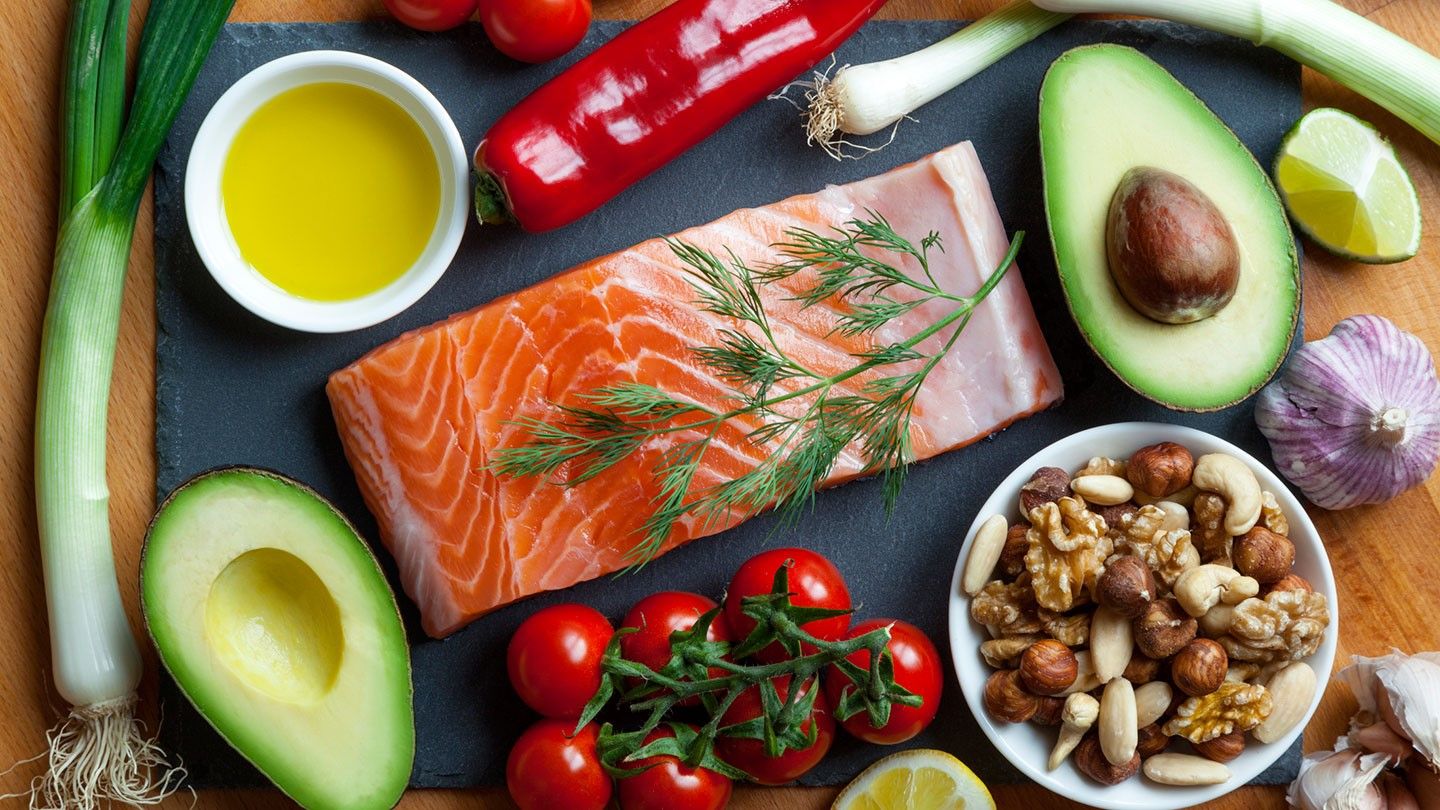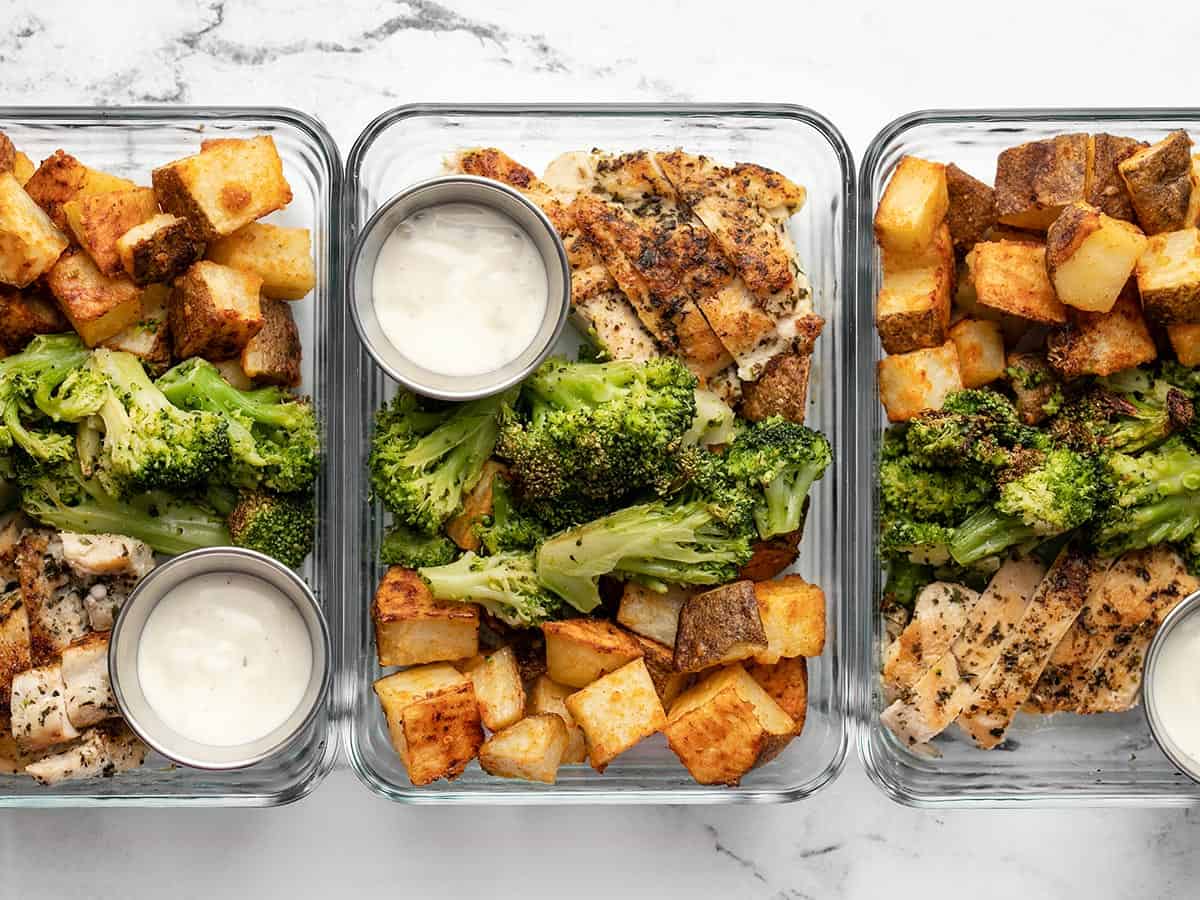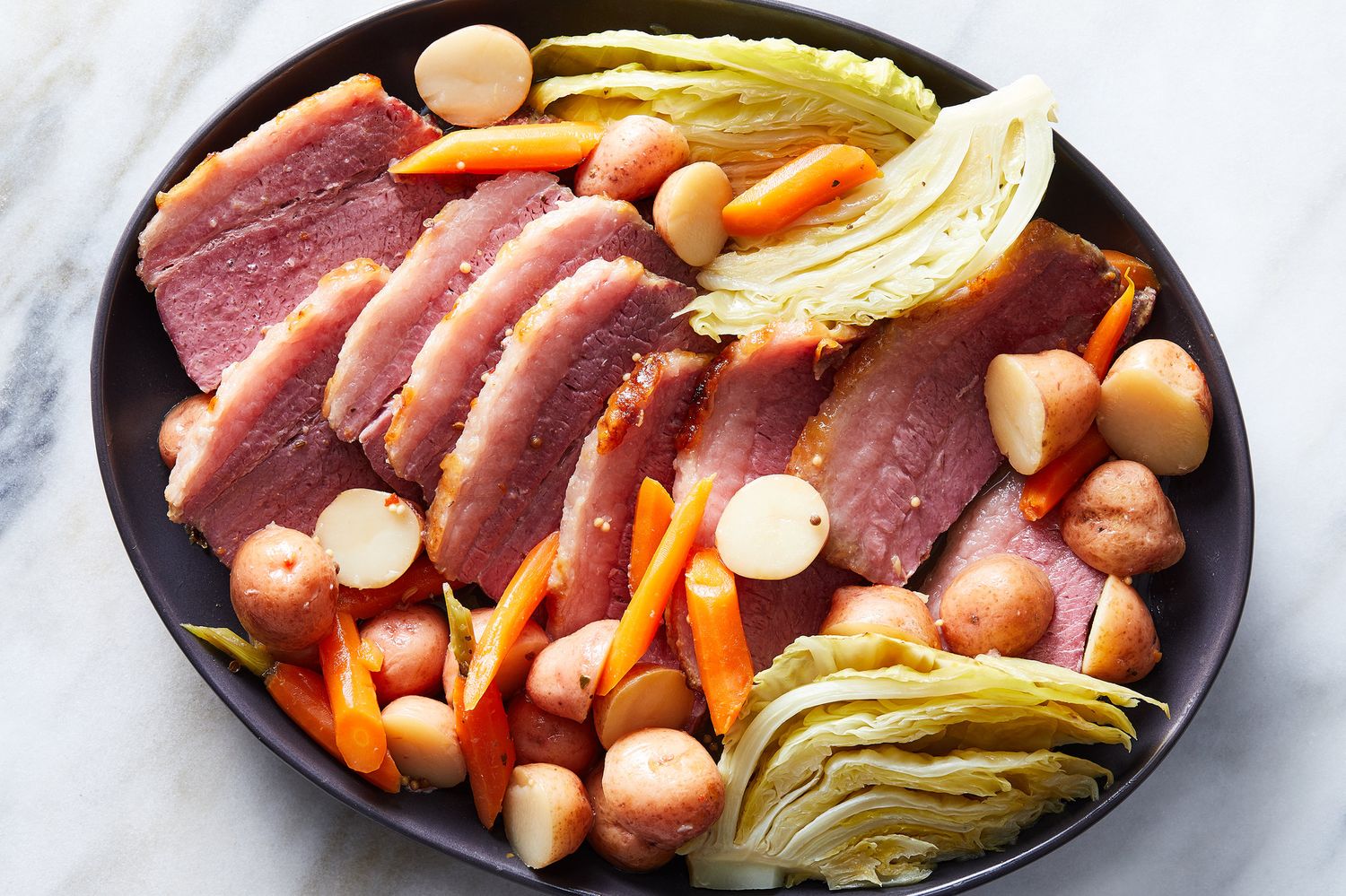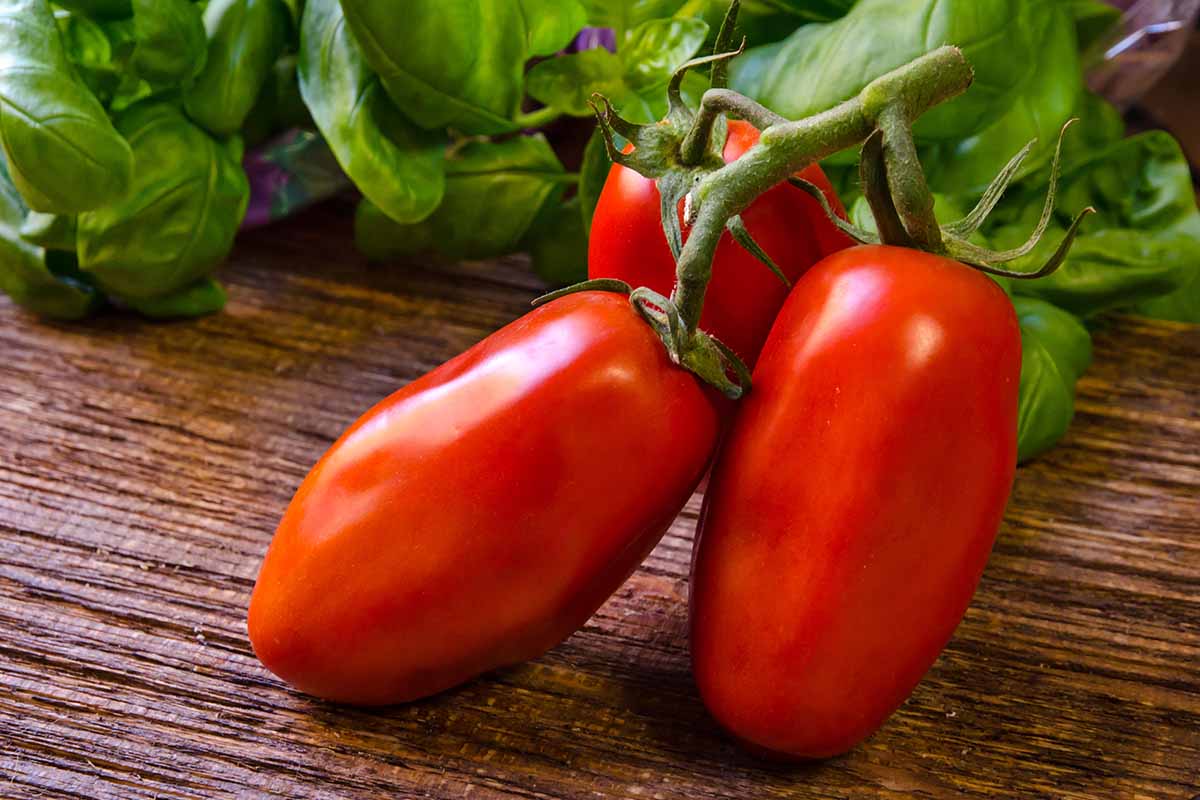Hospital food often gets a bad rap, but it doesn't have to be that way. Imagine a cafeteria where meals are not just nutritious but also delicious. Gourmet approaches can transform bland hospital dishes into culinary delights. By using fresh, locally-sourced ingredients and creative cooking techniques, hospital cafeterias can offer patients, staff, and visitors meals that are both healthy and tasty. Think herb-roasted chicken, quinoa salads, and homemade soups. These changes not only improve the dining experience but also promote better health and faster recovery. Let's explore how gourmet touches can elevate hospital cafeteria cuisine to new heights.
Essential Ingredients for Elevating Hospital Meals
Gourmet Approaches to Hospital Cafeteria Cuisine
-
Fresh Vegetables
- Carrots
- Broccoli
- Spinach
- Bell peppers
-
Proteins
- Chicken breast
- Tofu
- Salmon
- Lean beef
-
Grains
- Quinoa
- Brown rice
- Whole wheat pasta
- Barley
-
Dairy
- Greek yogurt
- Low-fat milk
- Cheese (low-fat options)
-
Fruits
- Apples
- Berries
- Oranges
- Bananas
-
Herbs and Spices
- Basil
- Oregano
- Thyme
- Garlic
-
Oils and Condiments
- Olive oil
- Balsamic vinegar
- Soy sauce (low sodium)
- Mustard
-
Beverages
- Herbal teas
- Freshly squeezed juices
- Infused water
-
Baking Essentials
- Whole wheat flour
- Baking powder
- Honey
- Eggs
Must-Have Tools for Crafting Gourmet Hospital Cuisine
Tools Needed for Gourmet Approaches to Hospital Cafeteria Cuisine
-
Chef's Knife
- Essential for chopping, slicing, and dicing ingredients efficiently.
-
Cutting Board
- Provides a stable surface for preparing vegetables, meats, and other items.
-
Measuring Cups and Spoons
- Ensures precise measurements for recipes, crucial for consistency.
-
Mixing Bowls
- Useful for combining ingredients, marinating, and mixing batters.
-
Whisk
- Ideal for blending sauces, dressings, and batters smoothly.
-
Blender or Food Processor
- Helps in making purees, smoothies, and finely chopping ingredients.
-
Saucepan
- Perfect for making soups, sauces, and boiling ingredients.
-
Skillet or Frying Pan
- Great for sautéing vegetables, frying meats, and making omelets.
-
Baking Sheets
- Useful for roasting vegetables, baking pastries, and cooking meats.
-
Oven
- Necessary for baking, roasting, and broiling dishes.
-
Slow Cooker or Instant Pot
- Ideal for preparing stews, soups, and other slow-cooked meals.
-
Thermometer
- Ensures meats and other dishes are cooked to the correct temperature.
-
Tongs
- Handy for flipping meats, tossing salads, and serving food.
-
Spatula
- Useful for flipping, spreading, and scraping ingredients.
-
Ladle
- Perfect for serving soups, stews, and sauces.
-
Colander
- Essential for draining pasta, vegetables, and other ingredients.
-
Storage Containers
- Keeps prepared ingredients and leftovers fresh.
-
Apron
- Protects clothing from spills and stains during cooking.
-
Gloves
- Ensures hygiene and safety when handling food.
Incorporate fresh, locally-sourced ingredients and creative presentation to elevate hospital cafeteria dishes, making meals more appealing and nutritious for patients, staff, and visitors.
The Importance of Gourmet Approaches in Hospital Dining
Gourmet approaches in hospital cafeterias aim to improve patient satisfaction and promote healthier eating habits. By offering nutritious, flavorful meals, hospitals can enhance the overall patient experience. This shift also supports staff well-being, providing them with high-quality food options during long shifts, ultimately boosting morale and productivity.
Your Culinary Roadmap to Gourmet Hospital Meals
Gourmet Approaches to Hospital Cafeteria Cuisine
-
Menu Planning
- Identify dietary needs: Consult with nutritionists to understand patient and staff requirements.
- Seasonal ingredients: Use fresh, local produce to enhance flavor and nutrition.
- Variety: Include vegetarian, vegan, gluten-free, and low-sodium options.
-
Ingredient Sourcing
- Local suppliers: Partner with local farms for fresh ingredients.
- Quality over quantity: Choose organic and non-GMO products.
- Bulk purchasing: Buy in bulk to reduce costs and ensure consistent quality.
-
Preparation Techniques
- Sous-vide: Use for precise temperature control and tender meats.
- Steaming: Retain nutrients in vegetables and fish.
- Grilling: Add flavor without excessive fats or oils.
-
Presentation
- Colorful plating: Use a variety of colors to make dishes visually appealing.
- Portion control: Ensure portions are appropriate for dietary needs.
- Garnishing: Add fresh herbs or edible flowers for a gourmet touch.
-
Staff Training
- Culinary skills: Train staff in advanced cooking techniques.
- Customer service: Emphasize the importance of friendly, efficient service.
- Hygiene standards: Maintain strict hygiene protocols to ensure food safety.
-
Kitchen Equipment
- Modern appliances: Invest in high-quality ovens, mixers, and blenders.
- Energy-efficient: Choose equipment that saves energy and reduces costs.
- Maintenance: Regularly service equipment to ensure optimal performance.
-
Feedback and Improvement
- Surveys: Collect feedback from patients and staff to identify areas for improvement.
- Tasting panels: Conduct regular tastings to refine and perfect dishes.
- Continuous training: Keep staff updated on the latest culinary trends and techniques.
-
Sustainability Practices
- Waste reduction: Implement composting and recycling programs.
- Eco-friendly packaging: Use biodegradable or reusable containers.
- Energy conservation: Optimize kitchen operations to reduce energy consumption.
-
Special Events
- Themed meals: Organize special menus for holidays or cultural celebrations.
- Guest chefs: Invite local chefs to create unique dishes.
- Cooking classes: Offer classes to patients and staff to promote healthy eating habits.
-
Marketing and Communication
- Menu boards: Use digital boards to display daily specials and nutritional information.
- Social media: Share photos and updates to engage with the community.
- Newsletters: Send out regular updates on new menu items and special events.
Elevating Hospital Dining
Hospital cafeterias have the potential to transform the dining experience for patients, visitors, and staff. By integrating gourmet approaches, these establishments can offer more than just sustenance; they can provide comfort, nourishment, and a momentary escape from the stresses of hospital life. Emphasizing fresh, high-quality ingredients, diverse menus, and visually appealing presentation, hospital cafeterias can become places where people look forward to eating. Incorporating feedback from diners, staying up-to-date with culinary trends, and offering options that cater to various dietary needs and preferences are key steps in this process. Ultimately, by prioritizing the dining experience, hospitals can significantly enhance the overall well-being and satisfaction of everyone who walks through their doors. Elevating hospital cafeteria cuisine is not just about better food; it's about creating a more caring and holistic healthcare environment.
All Your Questions Answered About Gourmet Hospital Cuisine
How can hospital cafeterias make their food more appealing?
Fresh ingredients and creative recipes can make a big difference. Think about adding herbs and spices to elevate flavors. Presentation matters too—colorful dishes look more appetizing.
Are there any healthy gourmet options for hospital cafeterias?
Absolutely! Grilled vegetables, quinoa salads, and lean proteins like chicken or fish can be both delicious and nutritious. Smoothie bars with fresh fruits and greens are also a hit.
How can hospital cafeterias accommodate special diets?
Offering gluten-free, vegan, and low-sodium options is key. Labeling dishes clearly helps people make informed choices. Customizable meals, like build-your-own salads or bowls, can cater to various dietary needs.
What are some quick gourmet recipes that can be made in a hospital cafeteria?
Stir-fries, wraps, and soups are quick and easy. For example, a chicken and vegetable stir-fry with a soy-ginger sauce can be whipped up in minutes. Wraps with hummus, veggies, and grilled chicken are also fast and tasty.
How can hospital cafeterias make their food more sustainable?
Using local and seasonal ingredients reduces the carbon footprint. Composting food waste and offering reusable or biodegradable utensils can also help. Plant-based meals are another sustainable option.
Can hospital cafeterias offer comfort food in a gourmet way?
Yes, comfort food can be elevated with a gourmet twist. Think mac and cheese with a truffle breadcrumb topping or meatloaf made with grass-fed beef and herbs. Even classic soups can be upgraded with fresh ingredients and garnishes.
How can hospital cafeterias keep food affordable while going gourmet?
Bulk purchasing and seasonal ingredients can keep costs down. Simple yet flavorful dishes like pasta with a homemade tomato sauce or roasted vegetables can be both gourmet and budget-friendly.
